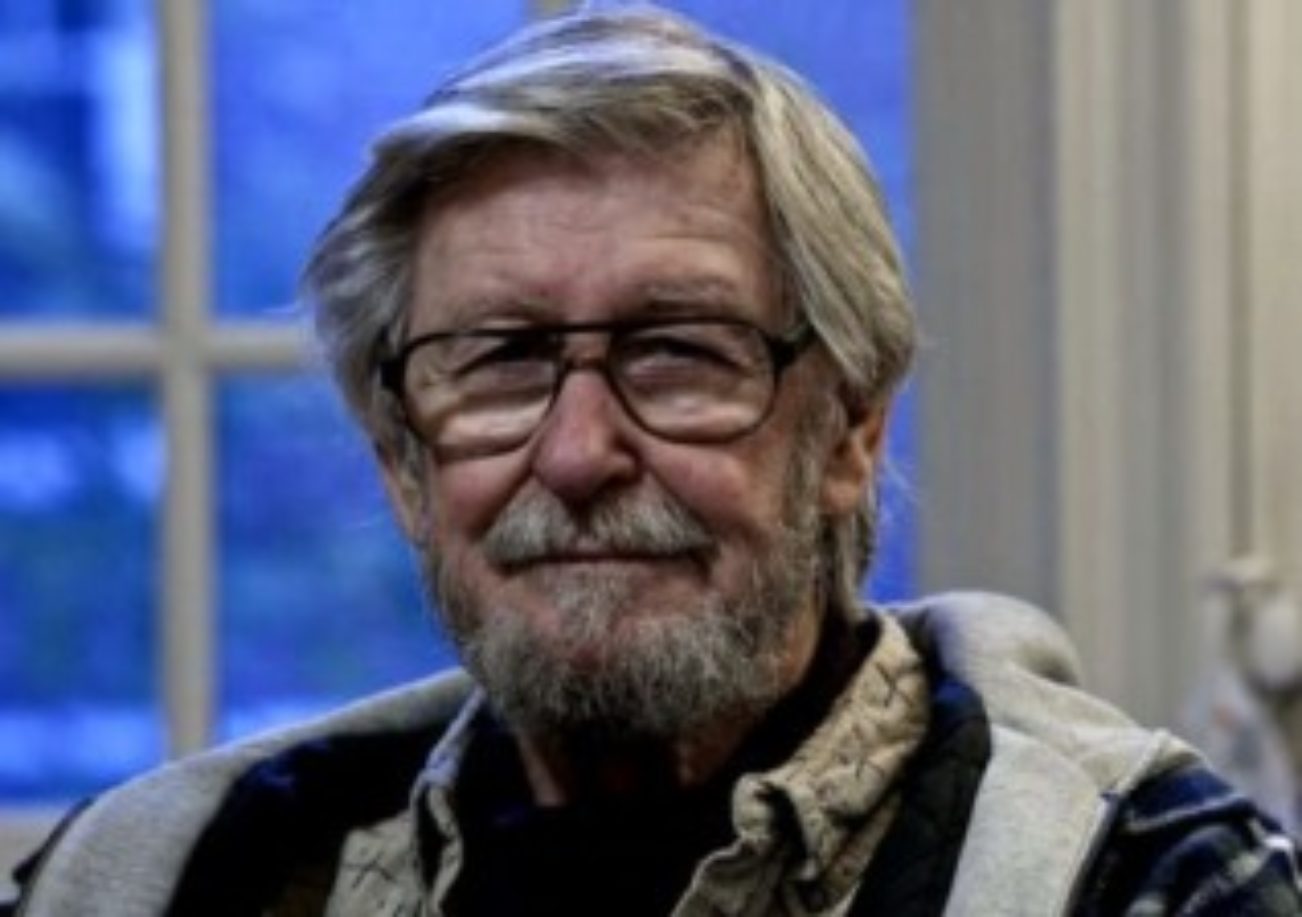Ginnever actively pursued an interest in art while in college in California. After serving in the Air Force, he traveled to Europe and studied sculpture in Paris from 1953 to 1955 under Ossip Zadkine. Returning to California, he attended classes in photography under Ansel Adams, among others, while independently continuing to develop his talents in the field of sculpture. His early works from the sixties were of steel scraps sometimes combined with canvas or other non-traditional materials and painted with patterns in vivid enamel hues. In the following years, Ginnever pared down his use of color and selection of materials, creating works that were deceptively more complex in composition. Geometric shapes, triangles or trapezoids, were arranged to form optical illusions, challenging the viewer’s visual perception and sense of space. During the 1960s and 1970s Ginnever also became an active participant in promoting and exhibiting art in public spaces.
During his career Ginnever was awarded major public and private commissions, and he was also been the recipient of many grants and fellowships. His work has been shown in numerous exhibitions held in the United States, especially on the East and West Coasts. These include one-person shows at Storm King Art Center and Sculpture Fields, both in upstate New York and at Runnymede Sculpture Farm in California. Sculptures by this artist are in collections at many American museums, including The Metropolitan Museum of Art, the Hirshhorn Museum and Sculpture Garden, the Walker Art Center, and the Dayton Art Institute, as well as in a number of corporate and private collections.
More information on this artist can be found at www.chuckginnever.com

